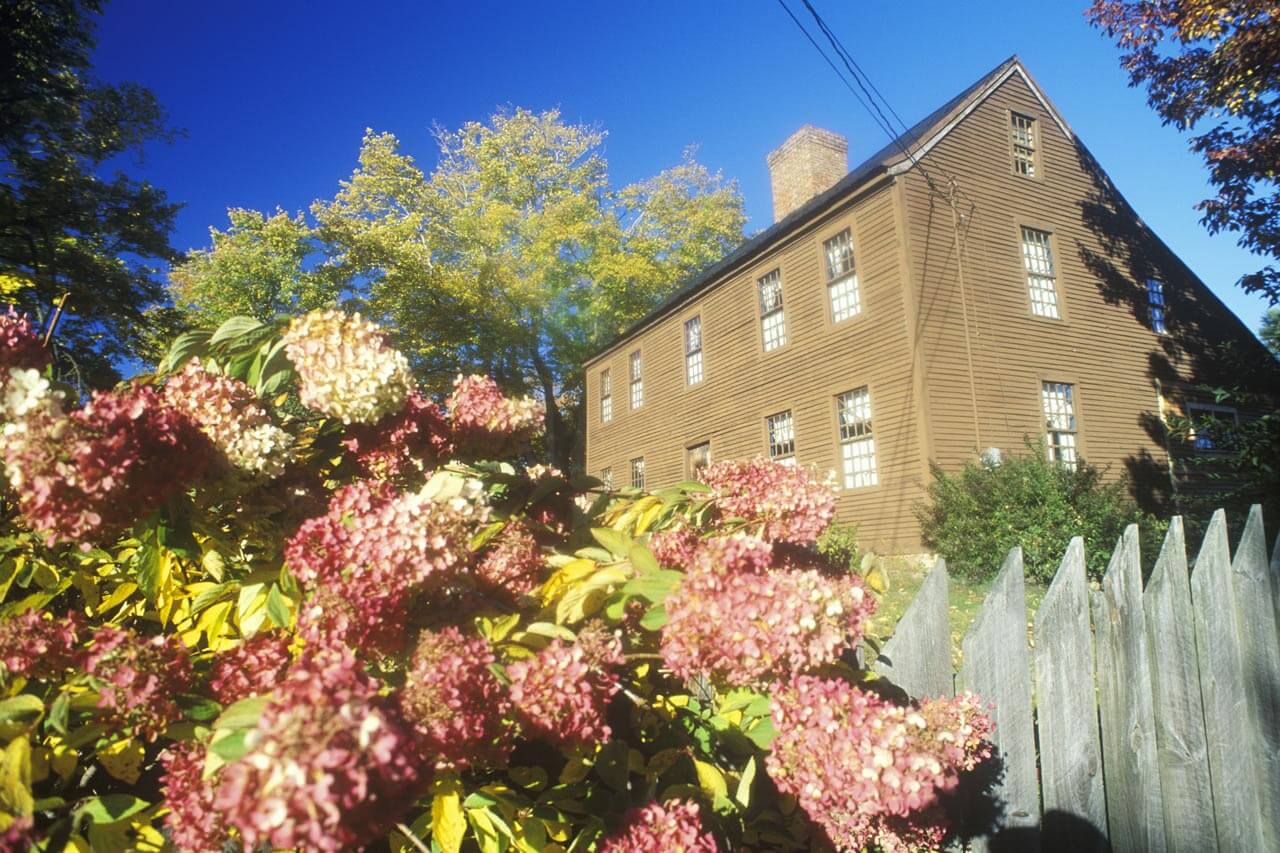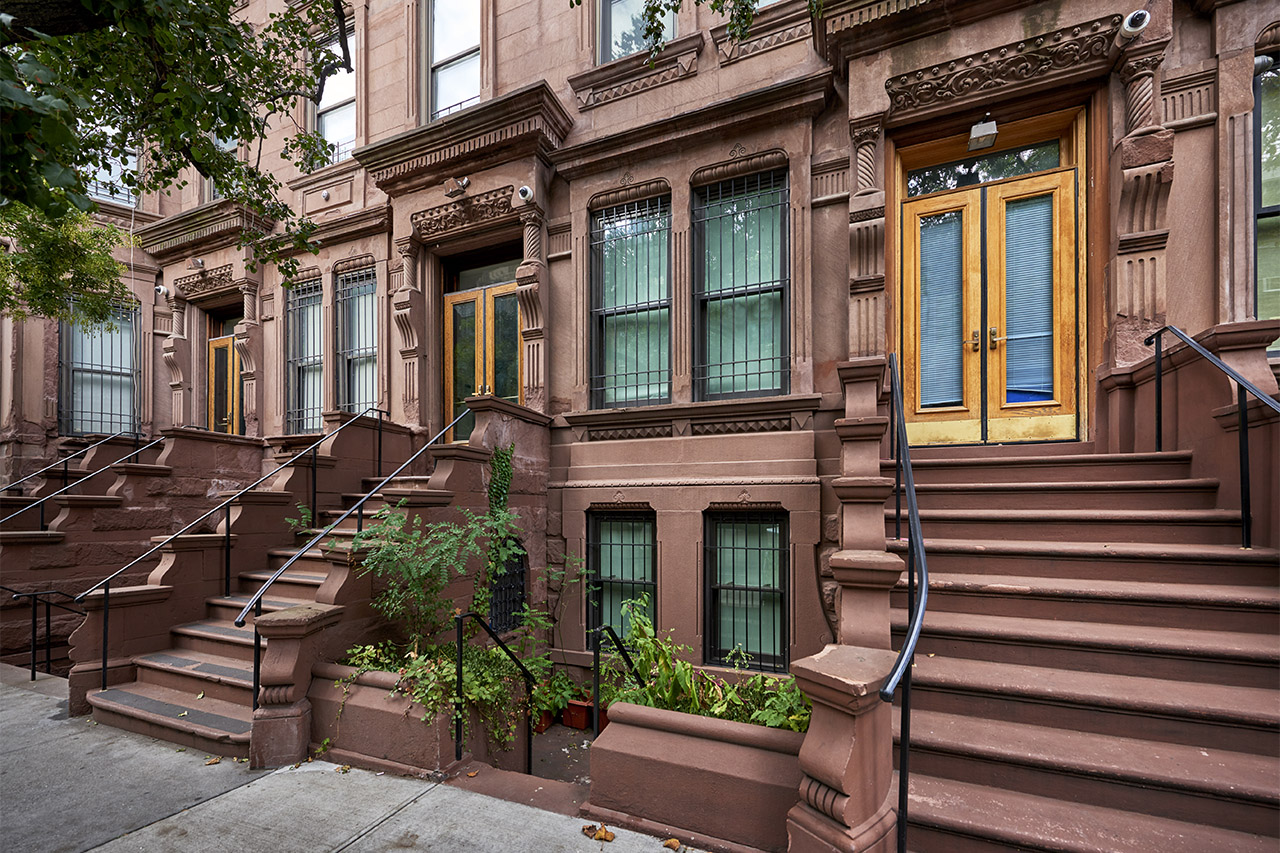
Use this guide to budget for building a saltbox house based on factors such as location, size, labor, and finishing costs.
On average, the cost to build a beach house is $337,000


Beach house construction ranges from $188,000 to $502,000.
Coastal homes require storm-ready features, such as pilings and corrosion-resistant siding.
Smart design choices can cut long-term costs without sacrificing style.
Professional help for structural design and permitting is often essential.
This article was updated using automation technology and thoroughly reviewed for accuracy by HomeAdvisor Editor Ryan Noonan.
Building a beach house costs between $188,000 and $502,000, with an average of $337,000. Location, square footage, and weather-resistant materials determine the final cost, with smaller projects costing as low as $179,000 and larger, more complex projects reaching up to $667,000. Partnering with coastal professionals and setting a realistic budget upfront helps your new retreat withstand salt, wind, and storm surges.
Several key factors drive your total beach-house budget.
The style of beach house you choose—cottage, bungalow, or Mediterranean-style retreat—shapes your bottom line. While condos and townhomes don’t offer the same privacy or generous space as a single-family home, they come with numerous amenities and often include maintenance. Keep in mind that these developments often have Homeowners Association Fees, which range from $100 to $1,000 per month and average $200 to $300 per month.
Coastal homes need materials that shrug off moisture, salt, and high winds. For example, stucco, cedar, and fiber cement are common siding materials that range in price from $5 to $15 per square foot. Metal roofing is popular among beach homes due to its durability against strong winds, saltwater, and UV radiation.
Other durable materials include bamboo, reclaimed wood, composite decking, and vinyl. Quality, local availability, and other factors affect the prices of coastal building materials.
Square footage is simple: the bigger the home, the bigger the bill.
| Size (Sq. Ft.) | Description | Average Cost |
|---|---|---|
| 1,000 | Small cottage, 2 beds, 1 bath | $220,000–$580,000 |
| 2,000 | Average family home, 3 beds | $440,000–$1,160,000 |
| 3,000+ | Large/luxury, 4+ beds, extras | $660,000–$1,740,000 |
Where you build your beach house significantly affects overall cost. Prime beachfront lots in high-demand areas often come with elevated land prices, labor costs, and permit fees. These regions may also have stricter building codes, longer approval timelines, and added requirements like flood zone compliance or hurricane-proof construction.
Labor accounts for 40% of your total beach house budget, or about $200,000 on a $500,000 build. This includes skilled trades like electricians, plumbers, and carpenters. A general contractor earns 10% to 20% for coordinating the entire process, ensuring permits, inspections, and schedules stay on track from start to finish.
New home construction averages between $220 and $580 per square foot. This range covers both standard and specialized coastal materials and design needs for beach homes.
In general, new home construction costs break down into the following categories:
| Construction Type | Average Cost Range |
|---|---|
| Interior Finishes | $50,000–$175,000 |
| Exterior Finishes | $25,000–$60,000 |
| Site Prep | $1,500–$6,000 |
| Foundation | $5,000–$111,000 |
| Roof | $5,860–$47,000 |
| Framing | $20,000–$50,000 |
| Home Systems | $13,500–$64,500 |
| Furnishing and Decor | $20,000–$80,000 |
| Site Cleanup | $250–$1,250 |
Myriad elements can affect the overall cost of your beach house, like driveways, pools, and more.
Exterior elements significantly impact the functionality and aesthetics of your outdoor space, and coastal environments often require specific considerations. Beach homes employ landscaping strategies that use salt-tolerant plants and irrigation systems to help manage soil quality and erosion. Removing invasive species and planting native shrubs and other plants is often the best approach for reducing maintenance and stabilizing the soil. Landscaping costs approximately $70 to $150 per hour, with most projects averaging $8,200.
In addition to other hardscaping elements, incorporating pathways or stairs to the beach can enhance the accessibility and enjoyment of the space. Creating walkways from stone or other durable materials also provides a dedicated path, preventing erosion and wear on your property.
New home construction projects require permits before proceeding to avoid fines, failed inspections, or unsalvageable work. Building permits range from $150 to $2,000, depending on local building codes, regulations, the size of your home, and any added features. Garages, patios, grading, utility hookups, and demolition may require additional permits.
Building a new home offers opportunities for customization not found in standard developments. For example, solar panels offer long-term energy efficiency benefits and cost $27,100 to install. Other popular add-ons include smart home technology, outdoor kitchens, and rainwater harvesting systems.
Additional structures can enhance the value, functionality, and enjoyment of your beach home. A garage protects your vehicles and other items from harsh weather conditions, while an in-ground pool with a deck enhances gathering areas.
| Structure | |
|---|---|
| Driveway | $600–$23,000 |
| In-ground pool | $44,400–$87,000 |
| Garage | $16,800–$42,100 |
| Dock | $3,800–$26,300 |
| Deck | $4,300–$12,500 |
| Fencing | $1,800–$4,700 |
Choosing between building a new home or renovating an existing one depends on your goals, budget, and timeline. Renovations can be faster and less expensive, especially if the structure is sound and up to code. However, hidden issues, such as water damage or outdated systems, can drive up costs.
Building from scratch offers complete customization, improved energy efficiency, and enhanced storm resilience—but it comes with higher upfront costs, additional permits, and a longer timeline. If you want complete control and long-term durability, a new build may be the best option. For cost savings or charm, renovation might be the smarter path.
Building a beach house—whether for full-time living, family getaways, or rental income—is a major investment. Use these tactics to keep costs in check:
Opt for simple, efficient floor plans, standard door and window dimensions, and stock home designs.
Use materials that strike a balance between affordability and durability in the face of coastal elements.
Invest in energy-efficient materials, appliances, and systems to reap the benefits of long-term savings.
Get multiple contractor quotes to find the most competitive pricing.
Explore grants, incentives, and loans that favor energy-efficient home builds.
Tackling beach house projects yourself can be tempting—especially for simple tasks like painting or cosmetic updates—but coastal construction isn’t your average weekend job. Harsh weather, strict building codes, and exposure to saltwater make beach builds uniquely challenging. While doing it yourself might save thousands on labor, even small errors can lead to structural issues, code violations, or expensive do-overs.
Major renovations and new construction often require permits, inspections, and technical know-how. Professionals bring the tools, training, and experience needed to get it right the first time. For anything beyond basic updates, hiring a seasoned general contractor near you is the safer bet.
No place is more important than your home, which is why HomeAdvisor connects homeowners with local pros to transform their houses into homes they love. To help homeowners prepare for their next project, HomeAdvisor provides readers with accurate cost data and follows strict editorial guidelines. After a project is complete, we survey real customers about the costs to develop the pricing data you see, so you can make the best decisions for you and your home. We pair this data with research from reputable sources, including the U.S. Bureau of Labor Statistics, academic journals, market studies, and interviews with industry experts—all to ensure our prices reflect real-world projects.
From average costs to expert advice, get all the answers you need to get your job done.

Use this guide to budget for building a saltbox house based on factors such as location, size, labor, and finishing costs.

The cost to build a bungalow is based on style, size, and other factors. Learn more about average costs to budget for in the bungalow building process.

How much does it cost to build a house in Florida? Explore common cost factors, from permits and land to luxury finishes, with our detailed guide.

Explore the cost to build a house in New York based on key factors like materials, size, style, labor, and more with our comprehensive cost guide.

Using HomeAdvisors cost guide, youll learn how much it costs to build a house in Seattle. New build cost factors include labor, materials and permits.

Our concrete house cost guide covers insulated concrete form and other concrete home expenses. Explore the various cost factors to determine your budget.